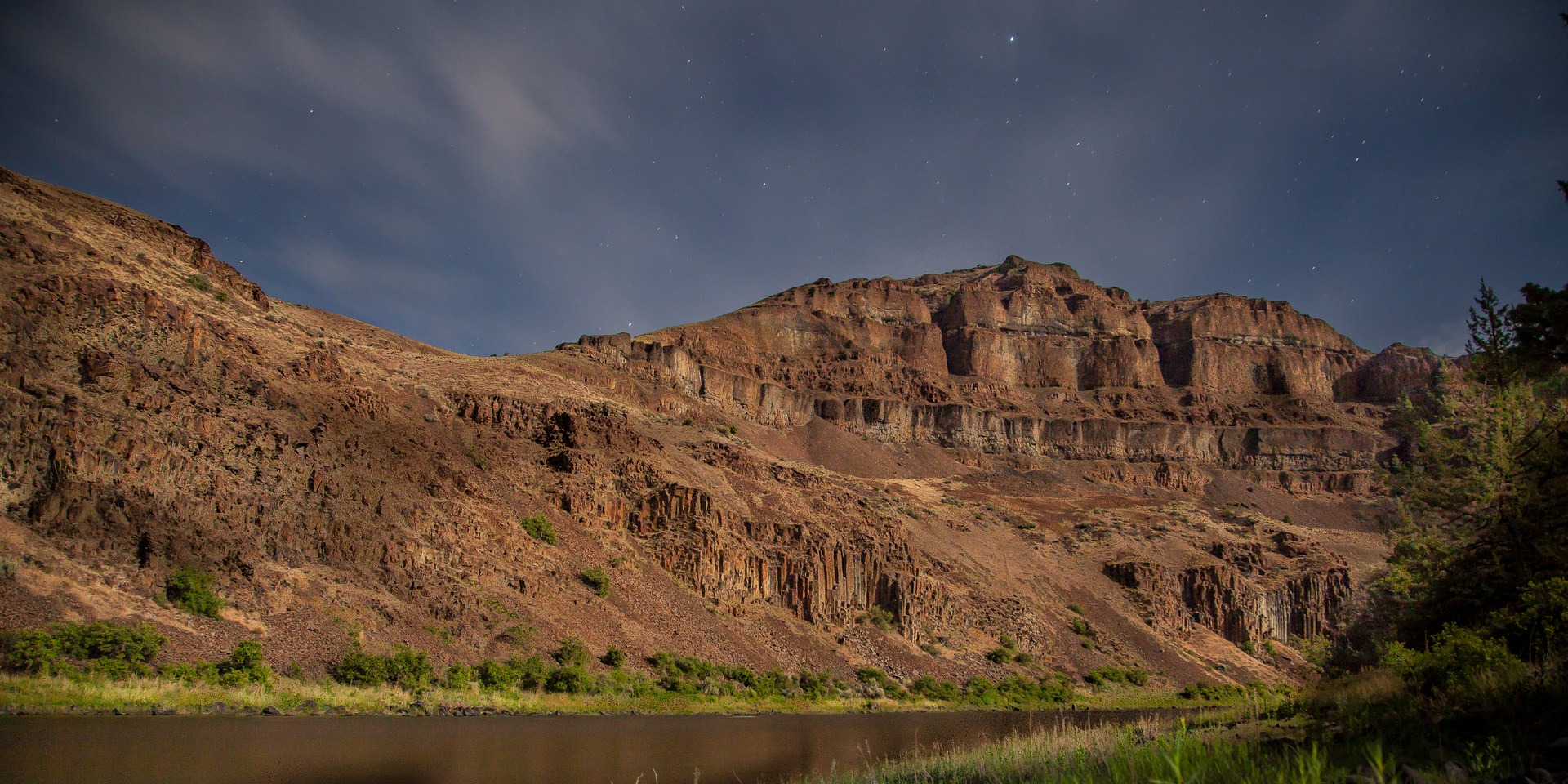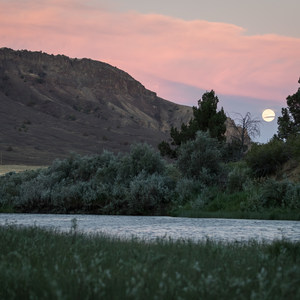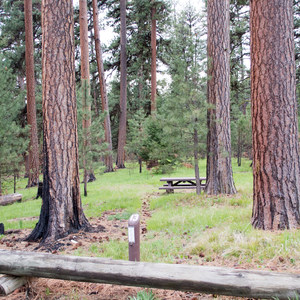You are here
The John Day River is the longest undammed river in Oregon and one of the longest in the United States. From its headwaters to its convergence with the Columbia River just east of the John Day Dam, this river stretches for 281 miles through Central Oregon’s arid environment, and 147 miles of the river are protected as Wild and Scenic.
Much of the John Day’s flow originates at the 9,000-foot level, where Strawberry Mountain snowmelt forms the headwaters of the river. Flows diminish significantly by mid-summer after the primary melt and once regional irrigation demands begin in earnest. Low flows can limit floating possibilities to all but the smallest watercraft. May and June are thus the most popular months to float the John Day River. Though the flows were just fine for our trip at the end of May, at 1,900 cfs the water was already down to levels more consistent with mid-June floats.
Between Clarno and Cottonwood there are 92 campsites shown on the John Day Recreation Guide published by the BLM. Most of these sites are obvious and obviously good; others would require a great deal of imagination and flexibility from users, either because of size, flows, or vegetation. We’ve tried to indicate where more workable campsites exist. Campsites are first-come, first-served, which means you may find yourself cruising the banks at the end of a long day looking for a place to camp, especially during the river’s more popular months. Also note that the campsite selection is thin in the ten miles leading up to the Cottonwood Bridge take-out. Because the few springs along this section of river are intermittent and the river itself receives such heavy agricultural use, you may want to carry your own drinking water if you have that option.
There is really only one significant named rapid on this stretch, Clarno Rapid. This Class III rapid caused some trouble for a few canoes that launched at the same time as our trip. There is a great scout and portage option on river left just above the rapid. Aside from Clarno Rapid, the river is consistently Class II when there is any whitewater at all.
The many splendid features that make this river one of Oregon’s great floating opportunities are really too plentiful to detail. Our highlights: watching Oregon’s geological history unfolding around us in the form of elaborate basalt formations, rushing to start a fire (only legal before June 1) as black clouds rumbled above us, floating by clusters of wary bighorn sheep as they nimbly negotiated the riverside scree, applauding a cloud cluster’s almost choreographed performance around a rising moon, listening to children’s coyote howls echoing down the canyon, and then to the close imitation erupting back at us from a nearby but invisible roaming pack.
For permits and seasonal regulations for this and other segments of the John Day River, check the BLM website.








Comments
Sign In and share them.